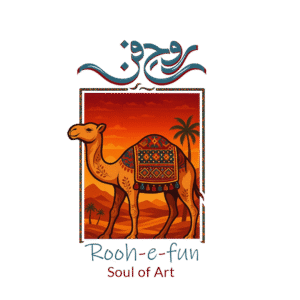Our Process
A Heritage Worth Preserving
The craft of making Camel skin lamps in Multan is a rare and precious tradition that reflects the soul of Pakistan’s cultural heritage. At Rooh e Fun, we honor this legacy by working directly with local artisans who have inherited this skill through generations.
Each lamp is not only a work of art—it is a vessel of history, spirit, and identity. By supporting these craftsmen and their time-honored techniques, we collectively safeguard a tradition that is at risk of fading. Through conscious design and cultural storytelling, we strive to ensure that this art lives on—resonating with both present and future generations.
THE PROCESS OF MAKING CAMEL SKIN LAMPS
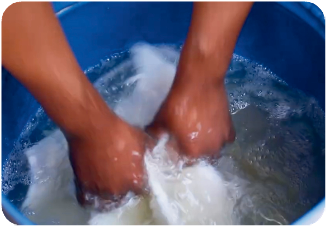
The hides are cleaned until they’re bleached white, ensuring all impurities are removed.
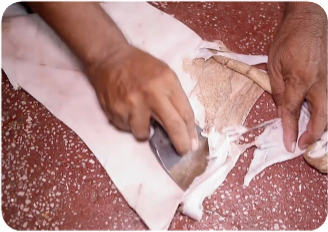
Excess skin is scraped off using a specialized knife called a rambi, until the hides are nearly paper-thin.

After cleaning, the excess skin is ground in a mincing machine five times to achieve the desired texture.
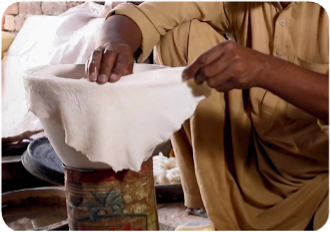
The thin layer of skin is then placed over clay molds. Any holes are covered with the ground excess skin.
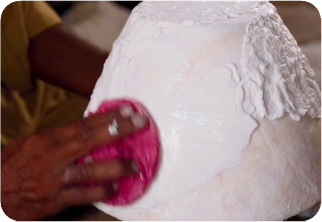
The piece is sealed with a mixture of glue and washing soda, then left to dry for up to four days.
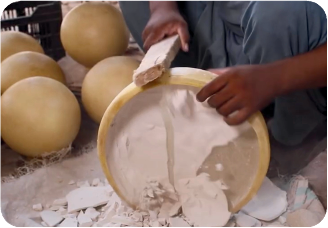
Once dried, the plaster mold is broken by gently beating it with a stick.
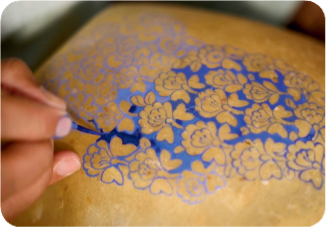
After removing the mold, the lamp is painted, adding artistic designs and colors.
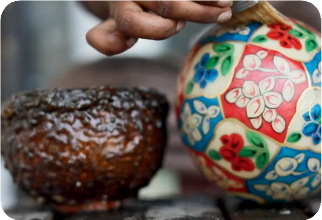
Finally, the painted lamp is sealed with varnish to enhance its durability and finish.
